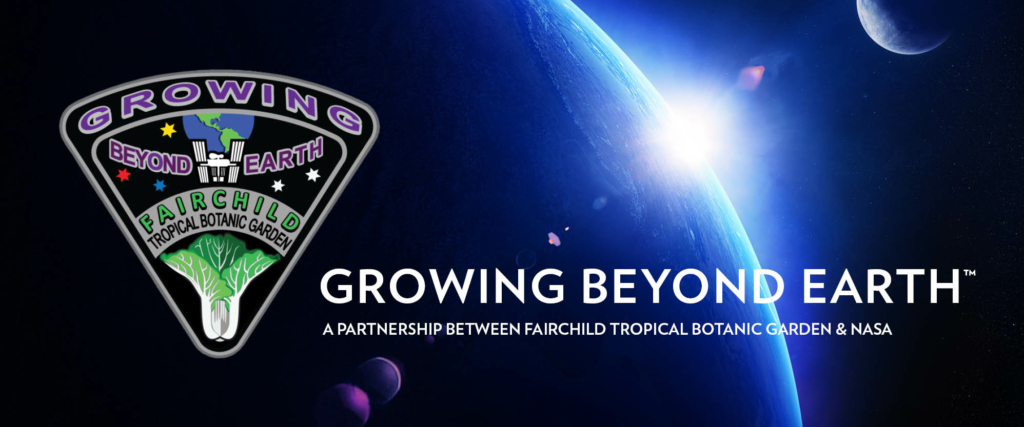As NASA looks toward a long-term human presence beyond Earth’s orbit, there are specific science, technology, engineering, and math (STEM) challenges related to food production in space. Established in 2015 as a partnership between Fairchild Tropical Botanic Garden and NASA’s Exploration Research and Technology Programs, Growing Beyond Earth (GBE) enables student community scientists to actively contribute data toward NASA mission planning.
The confined quarters of a spacecraft present challenges for plant cultivation due to limited space. This experiment investigates the feasibility of maximizing this limited volume by co-cultivating specific plant types. In certain scenarios, two distinct food plants might thrive in a shared container without significantly compromising their yield. This synergy is contingent on the plants’ biological compatibility and their ability to coexist with minimal competition. Through this experiment, we aim to evaluate select plant combinations and their effect on productivity.
On the International Space Station (ISS), resources for growing plants are limited. In closed system agriculture, every gram, ml, and kilowatt is accounted for. This year, NASA scientists need your help to determine the optimal light solution for maximizing plant growth while minimizing the input of the other resources e.g. plants prefer certain wavelengths to grow. To produce those wavelengths more or less electricity is needed to have plants grow faster but also more water is needed to increase the yield. The comparison of kwhours/g or liters/g are great factors to compare the yields exposed to different environmental conditions. As with all GBE trials, this trial will require very detailed and accurate data collection and note-taking.
Combined Container & Companion Plants Research Protocols
Mientras la NASA mira hacia una presencia humana a largo plazo más allá de la órbita de la Tierra, existen desafíos específicos de ciencia, tecnología, ingeniería y matemáticas (STEM) relacionados con la producción de alimentos en el espacio. Establecido en 2015 como una asociación entre el Jardín Botánico Tropical Fairchild y los Programas de Tecnología e Investigación de Exploración de la NASA, Growing Beyond Earth (GBE) permite a los científicos de la comunidad estudiantil contribuir activamente con datos para la planificación de la misión de la NASA.
Los espacios reducidos de una nave espacial presentan desafíos para el cultivo de plantas debido al espacio limitado. Este experimento investiga la viabilidad de maximizar este volumen limitado mediante el cocultivo de tipos de plantas específicos. En ciertos escenarios, dos plantas alimenticias distintas podrían prosperar en un recipiente compartido sin comprometer significativamente su rendimiento. Esta sinergia depende de la compatibilidad biológica de las plantas y de su capacidad para coexistir con una competencia mínima. A través de este experimento, nuestro objetivo es evaluar combinaciones de plantas seleccionadas y su efecto sobre la productividad.
En la Estación Espacial Internacional (ISS), los recursos para el cultivo de plantas son limitados. En la agricultura de sistema cerrado, se contabiliza cada gramo, ml y kilovatio. Este año, los científicos de la NASA necesitan su ayuda para determinar la solución de iluminación óptima para maximizar el crecimiento de las plantas y minimizar el aporte de otros recursos, p. las plantas prefieren ciertas longitudes de onda para crecer. Para producir esas longitudes de onda se necesita más o menos electricidad para que las plantas crezcan más rápido, pero también se necesita más agua para aumentar el rendimiento. La comparación de kwhora/g o litros/g son grandes factores para comparar los rendimientos expuestos a diferentes condiciones ambientales. Como ocurre con todos los ensayos de GBE, este ensayo requerirá una recopilación de datos y una toma de notas muy detalladas y precisas.
Protocolos de investigación combinados de plantas complementarias y de contenedores


